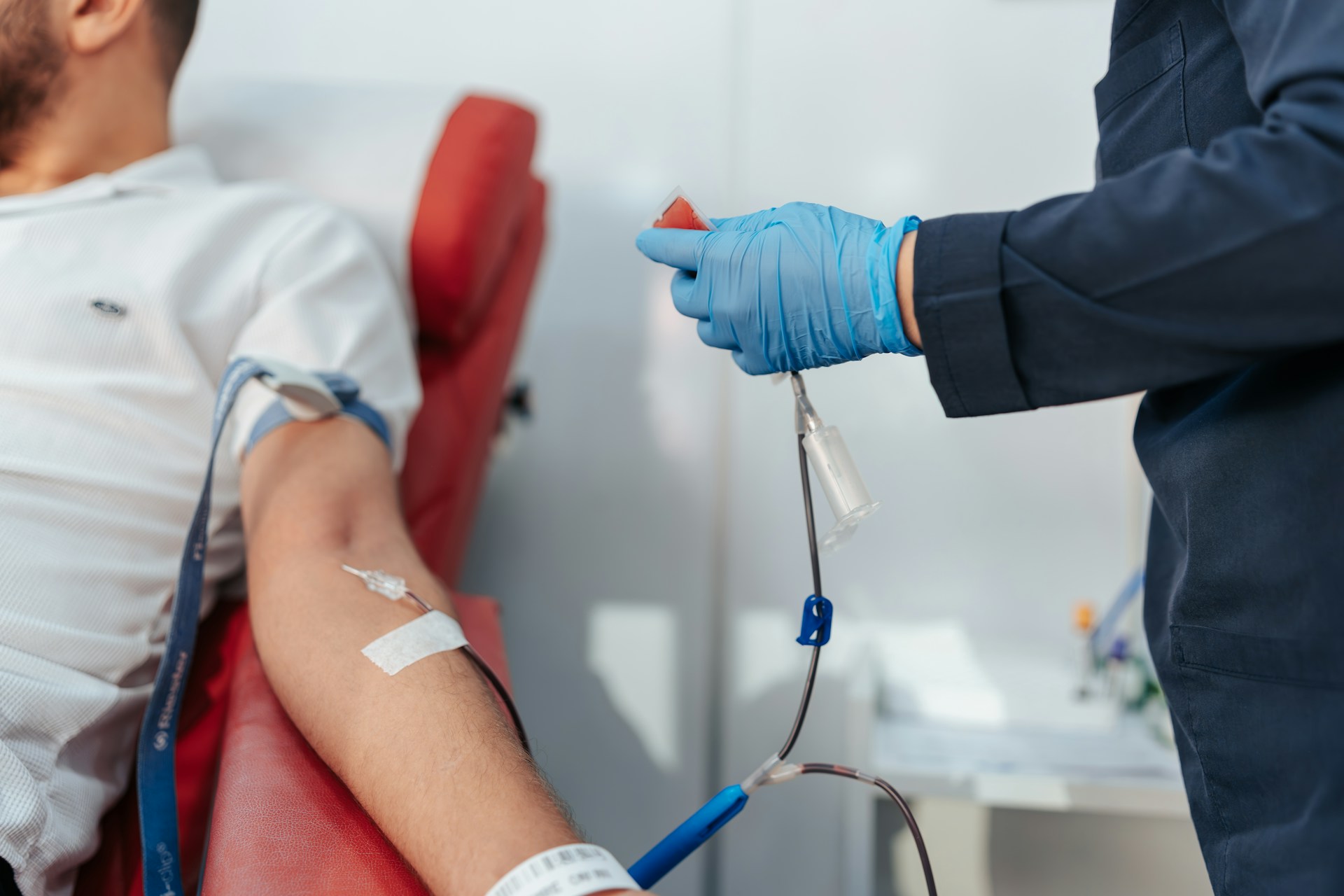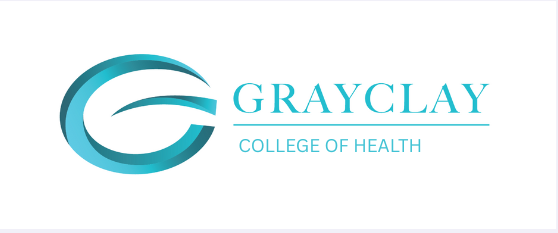Steps to Take When Blood Flow is Too Slow

When drawing blood, a smooth venous blood collection depends on proper technique and the patient's overall condition. But sometimes, the process doesn't go as planned. Blood flow slows, and no matter how steady your hand is, the collection becomes difficult. This happens more often than you'd think, even to experienced practitioners. And while slow blood flow can be frustrating, knowing what to do when it happens makes a big difference for both the patient and the person collecting the sample.
Knowing how to react when blood isn’t flowing properly helps reduce discomfort, avoids repeated attempts, and keeps the sample usable. With the right method, you can manage slow flow without compromising the outcome. Whether you’re just starting out or already experienced, learning what works in these situations is a key part of being confident and effective in your role.
Causes of Slow Blood Flow
There are several reasons why blood flow might be slow. Some are due to the patient’s condition, others are related to technique or equipment. Understanding the common causes helps you make better choices before and during the collection.
Here are some typical reasons:
- Small or collapsed veins: This is common in elderly patients or those who have had multiple blood draws. Dehydration or low blood volume can make veins smaller or harder to access.
- Patient dehydration: When a person is dehydrated, the blood volume is reduced, and veins can be harder to find and draw from.
- Poor vein selection: Some veins may not be suitable due to their depth, size, or elasticity. Choosing the wrong one might slow the flow or stop it altogether.
- Incorrect needle angle or depth: If the needle is not inside the vein properly or is sitting against the vein wall, blood flow can be poor.
- Tension or anxiety: If a patient is nervous or tensing their arm, it can affect circulation and reduce flow.
For example, older patients often have thinner skin and more fragile veins. In these cases, an improper angle or a larger needle might collapse the vein quickly. Spotting these features early on during prep helps tailor your approach and avoid disruptions.
Pre-Collection Preparations
Getting things ready before starting the blood draw can make a big difference. It's not just about setting up tools. Good preparation helps create the best conditions for the collection.
Here are a few ways to reduce the chance of slow flow before you begin:
- Encourage hydration: Where possible, ask patients to drink water ahead of time. Hydrated veins are fuller and easier to work with.
- Position the patient properly: Aim for a comfortable, seated posture with the arm well supported at heart level. Avoid tight or awkward arm positions.
- Apply warmth to the area: Using a warm compress for a few minutes before collection helps dilate veins, making them easier to puncture.
- Use the tourniquet properly: The tourniquet should be firm but not too tight and not left on for longer than one minute.
- Support a calm setting: A relaxed space and a bit of friendly conversation can reduce muscle tension and make veins more accessible.
These steps only take a few minutes but can greatly impact the outcome. When patients are more comfortable and you’re better prepared, the process usually goes smoother on both sides.
Techniques to Improve Blood Flow During Collection
Even if you’ve done everything right, sometimes blood flow still slows during the draw. Knowing what to do in the moment can save time and reduce the likelihood of needing to restart the procedure.
Here are some approaches that can help:
- Heat application: Keep a warm compress close by. Applying it quickly can stimulate blood flow if it begins to slow.
- Vein massage: Use a gentle stroke from the wrist to elbow to help direct blood toward the puncture site.
- Adjust needle position: If flow has stalled, slowly reposition the needle. It could be sitting too close to the vein wall or be just outside the vessel.
- Try a smaller needle gauge: Especially useful if veins are small or sensitive. A finer needle can reduce pressure on the vein and improve flow.
- Promote calm breathing: Ask the patient to breathe deeply or talk to them casually. Relaxation can reduce stiffness in the arm.
You may come across tricky scenarios, like veins that roll or patients with tough skin. In those cases, keeping things simple and flexible often works best. Pay attention to how the patient reacts and make changes as needed.
Post-Collection Care
After the draw, how you manage the puncture site and care instructions really matters. It helps patients feel looked after and reduces the risk of bruising or further issues.
Here’s what you should do next:
- Apply gentle pressure: Use dry, sterile gauze right after removing the needle. This helps stop bleeding and avoids bruising.
- Elevate the arm: Ask the patient to raise the arm a little to help slow any residual bleeding.
- Talk them through common after-effects: Reassure them that light bruising or tenderness is normal, especially in those with lower blood pressure or smaller veins.
- Share simple aftercare tips: Tell patients to avoid lifting heavy items with the arm for the next several hours.
- Encourage continued hydration: Drinking water supports circulation and replenishes blood lost during the draw.
Being clear and supportive during this part helps the patient leave feeling positive about the experience, and more confident for future visits.
Building Confidence in Blood Collection Skills
Building skill in venous blood collection isn’t just about the number of draws you perform. It’s also about understanding common problems like slow blood flow and knowing how to make the right adjustments.
The Venous Blood Collection Skill Set (HLTSS00059) is one way to gain that extra edge. With hands-on training and expert guidance, it strengthens learning across real scenarios. The course also helps reinforce vital techniques like proper vein selection, site prep, and patient communication.
Ongoing reflection, asking for feedback, and learning from both setbacks and successes will gradually boost your abilities. Confidence is something you grow into, and training accelerates that process by giving you a safe space to develop your technique.
Improving Your Response to Collection Challenges
No blood draw is exactly the same, but knowing how to manage tricky situations can improve the experience for you and the patient. When blood flow slows, the right mix of preparation, calm thinking, and method changes can keep the procedure from going off-track.
Being ready for these challenges takes a little practice, but with patience, your knowledge becomes second nature. Every step forward adds to your confidence and improves outcomes. When you continue to learn, adapt, and refine your approach, smoother, more effective collections are within reach.
Building your skills in venous blood collection ensures you’re confident and effective in any clinical setting. If you’re looking to refine your techniques and gain more practical knowledge, take a look at Grayclay's venous blood collection skill set (HLTSS00059). It’s an opportunity to deepen your understanding and enhance your capabilities in a supportive learning environment.



